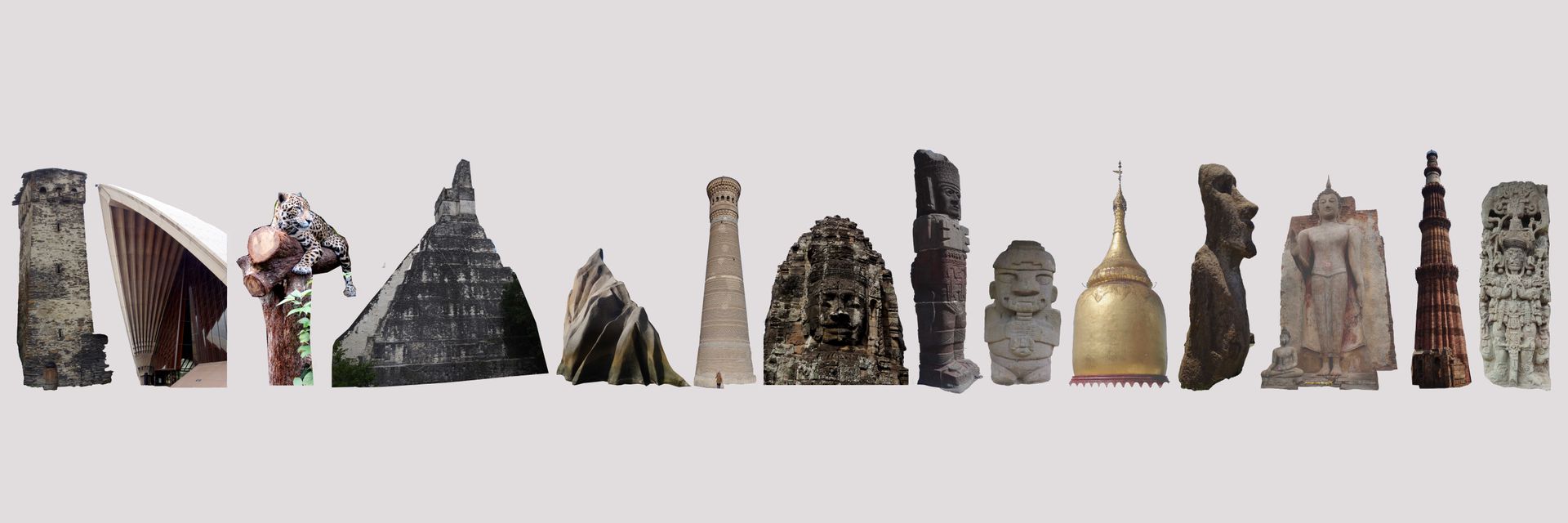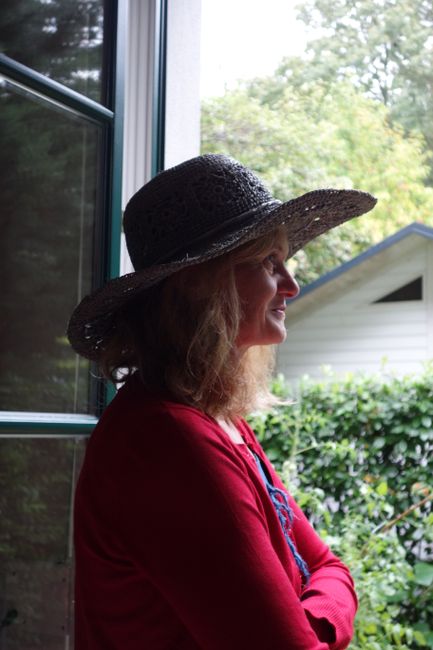At Dracula's distant relatives
ପ୍ରକାଶିତ |: 23.12.2018
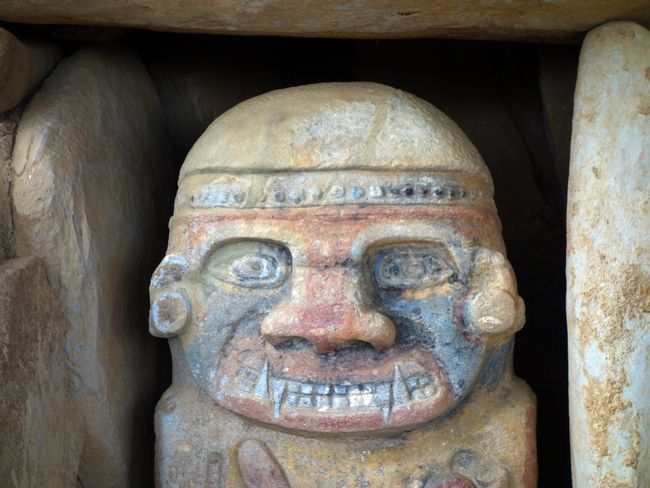

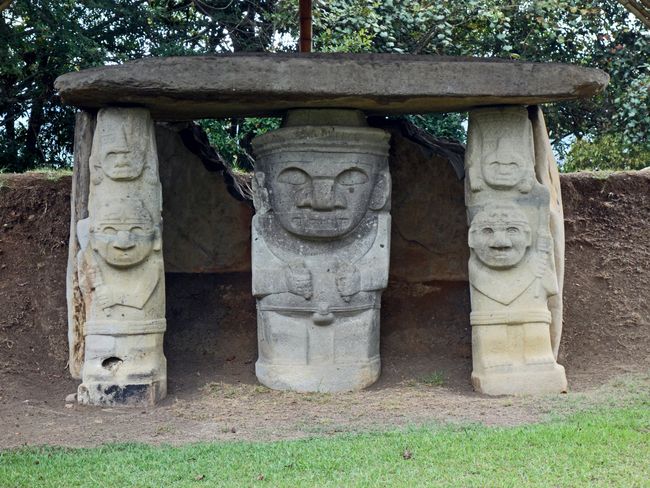
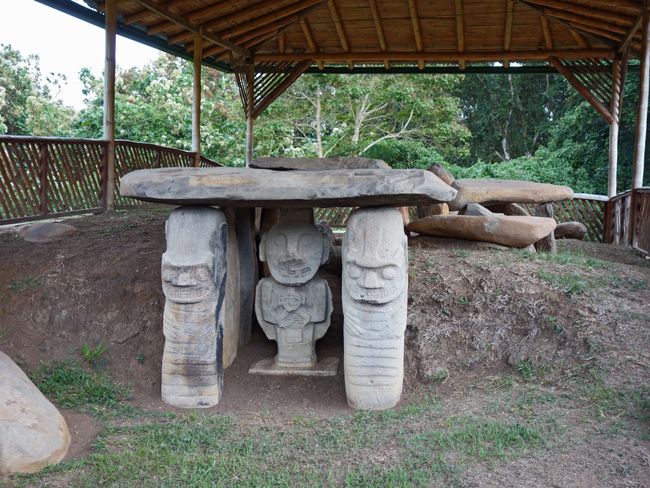
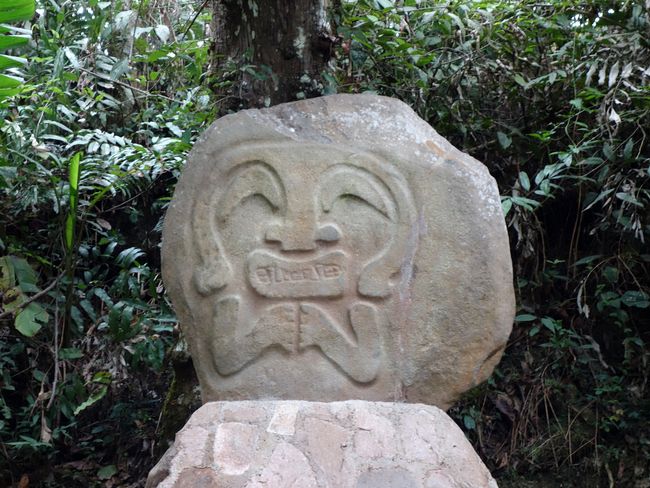
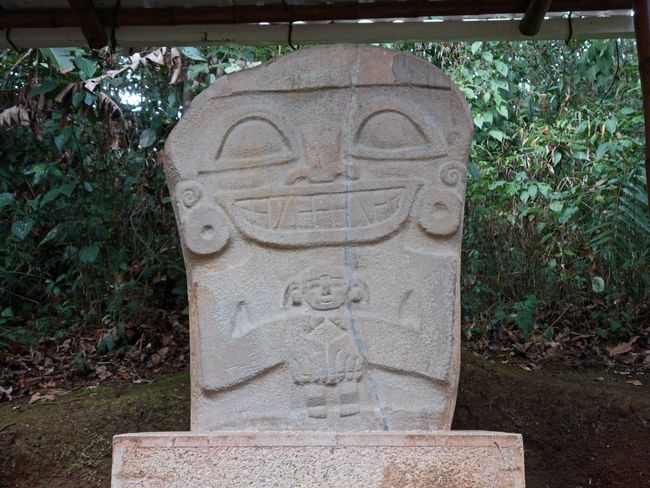
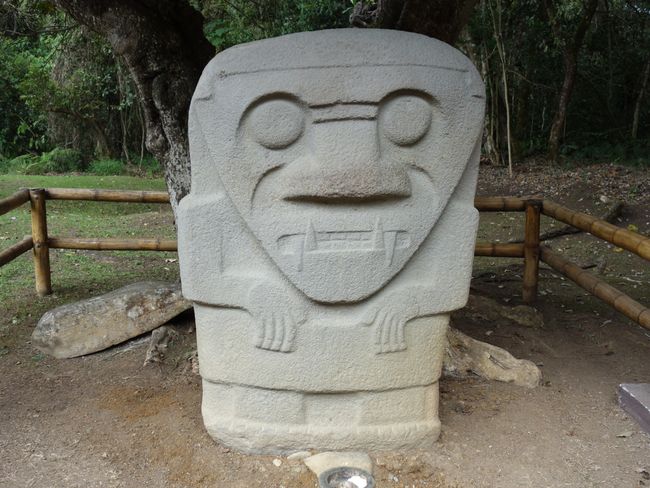
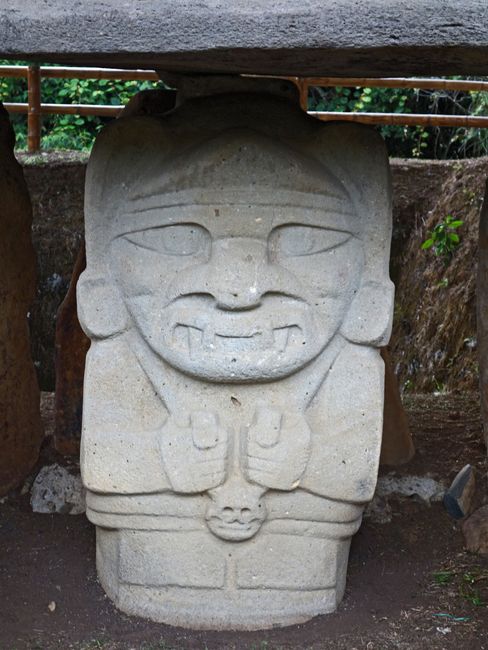
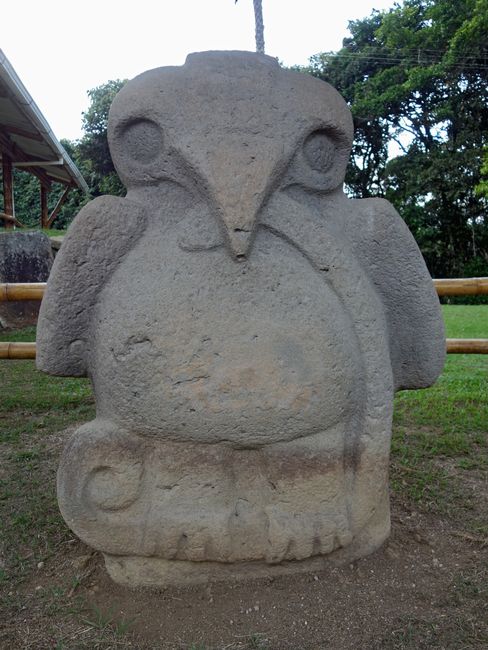
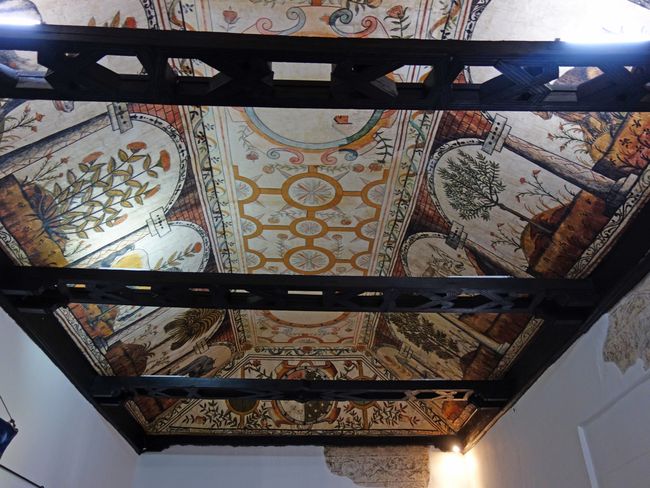
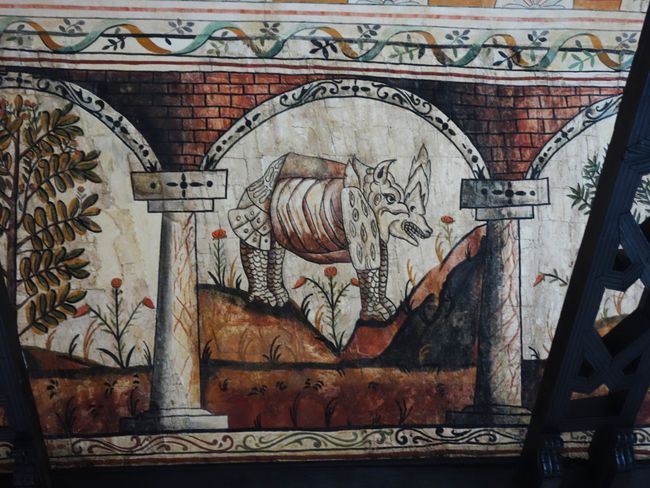
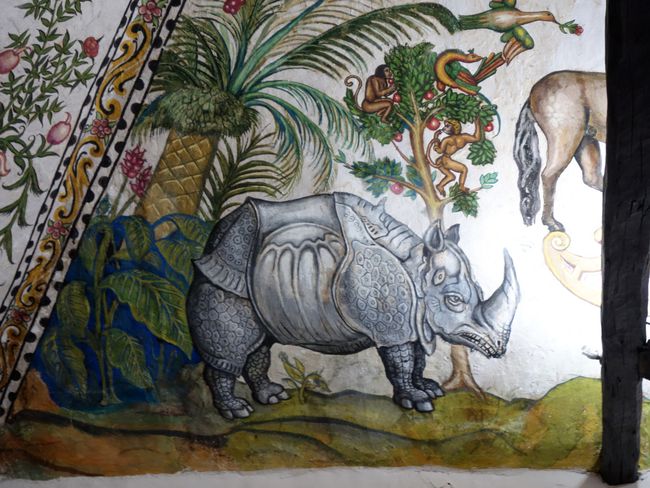
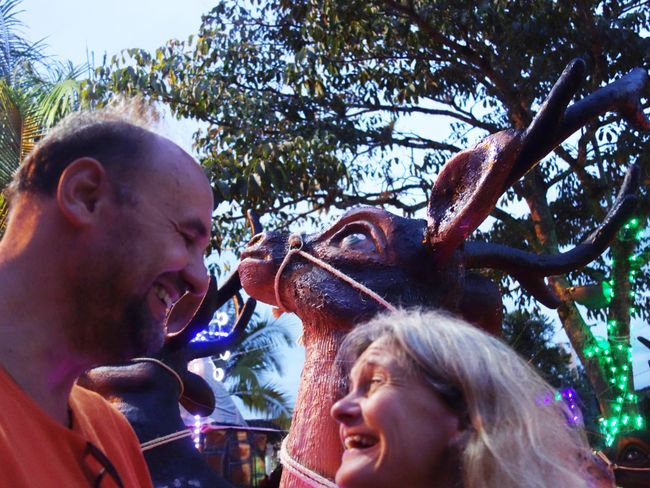
ସମ୍ବାଦପତ୍ରକୁ ସବସ୍କ୍ରାଇବ କରନ୍ତୁ |
Colombia was nominated on our journey: in my initial research, the country was considered insanely dangerous due to the activities of guerrilla groups, especially the powerful FARC. And suddenly, after the voluntary disarmament of the FARC, Colombia skyrocketed on the list of the trendiest travel destinations. And of course, being trendy as we are, we had to go there too.
Now it's by no means the case that all of Colombia is peaceful and safe. There are still areas that are dominated by various paramilitaries, guerrilla groups, drug cartels, and/or unfriendly indigenous people. In some of these areas, there are still no drivable roads, only rivers for transportation or one must ride. No, we don't go there, but to the friendly regions of this huge country (which is about the size of the Iberian Peninsula and France combined). And many people here are really friendly, even if our limited Spanish skills limit a true communication, because hardly anyone speaks English here.
We spend the first ten days at an altitude of about 2,000 meters, and that means cold for us since we are used to much hotter weather now. Our first stop, the former colonial city Tunja, is even 2,800 meters high. So we put on all the sweaters we have (Roby three, me two) and wrapped ourselves in scarves to survive. A large glass of rum was also very helpful for that.
We don't have many colonial sights on our program: first, because we don't like colonial powers (our dislike has only intensified when we got to know the history of some of our travel destinations more closely), second because we're not particularly attracted to the architecture: in Asia, it often dates back to the 19th century (e.g. in Yangon), which is not our era, here in Latin America it's older, but the Spanish expressions of the Renaissance and Baroque, which are already exaggerated in the motherland, don't make us happy in their 'provincial', clumsier versions either. But Tunja had to be included because there are two nice city palaces here; both with grand rooms whose ceiling frescoes date from the late 16th century and depict various exotic creatures in not necessarily realistic but highly entertaining ways, especially the rhinos are adorable.
From Tunja, which is a three-hour drive north of Bogotá, we took a bus and overnight to the south to San Agustín. Until recently, hardly anyone dared to come here, not even Colombians, because this was guerrilla territory. It didn't help that the stone figures that adorn the graves of an indigenous people who lived here between 200 BC and 700 AD and of which nothing is known, are a World Heritage Site. The sculptures are partly magnificent (especially impressive are the two that still retain their original paint (!!!)), but partly also very plain. Many of them have long fangs that strongly resemble vampires (Roby, being a horror movie fan, is thrilled), but according to experts, they are supposed to be jaguar fangs of shamans. But since there are, once again, no written sources, nothing is known for sure.
What Roby is also enthusiastic about: everything is so well organized and presented here—the archaeological park including a good museum and the excavations scattered in the beautiful mountain landscape. However, we weren't spared the hike to these individual graves. It was 13 km over rough terrain and quite steep. Not only the statues, but also a newly discovered vegetable called Chachafruto, which filled our delicious lunch empanadas, compensated us for the effort.
By the way, there is a Christmas market here in San Agustín in the main square, complete with a giant sleigh, Santa Claus, and really well-made plastic reindeer. We will spend December 24th on the bus to Tierradentro, we don't know yet what awaits us there on Christmas Eve. In any case, we wish you a Merry Christmas: Feliz Navidad (that's as far as our Spanish skills go).
ସମ୍ବାଦପତ୍ରକୁ ସବସ୍କ୍ରାଇବ କରନ୍ତୁ |
ଉତ୍ତର
